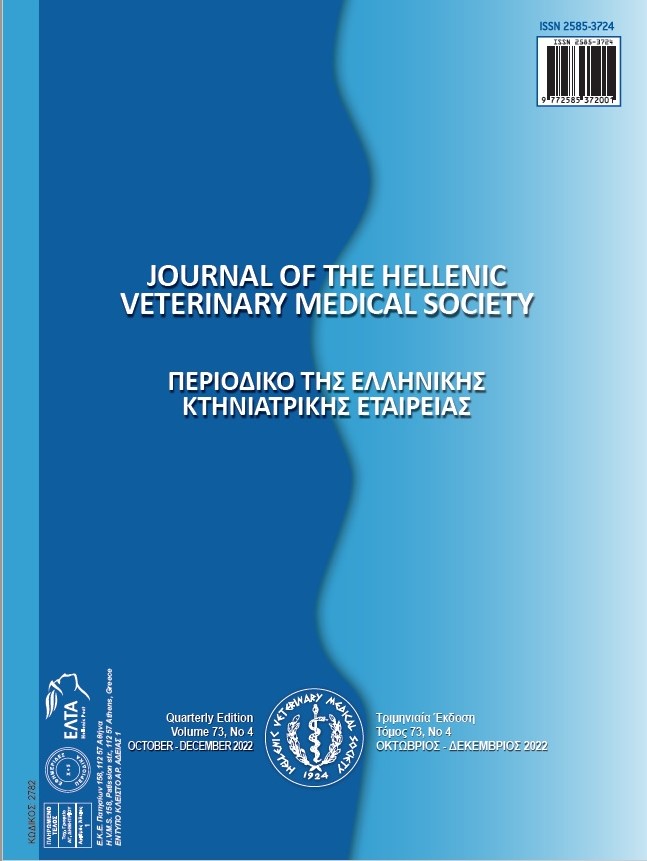The effects of boron on oxidative stress, reproductive parameters, and DNA damage in testicular tissue in wistar rats on a fatty diet

Abstract
This study aimed to investigate the protective effect of boron (B) against fat diet (FD)-induced spermatological, histopathological, biochemical and DNA damage in Wistar Albino Rats. Male rats were divided into five groups; the control group was fed a normal diet, the FD group was fed a normal diet with 40% beef tallow the FD+B5 group was fed a fat diet containing 5 mg/kg/daily boron, the FD+B10 group was fed a fat diet containing 10 mg/kg/daily boron, and the FD+B20 group was fed a fat diet containing 20 mg/kg/daily boron. The spermatozoon motility, membrane integrity and glutathione (GSH) level increased in the rats' testicular tissue in the groups given B. Conversely, the abnormal sperm rate, malondialdehyde (MDA) level and DNA damage were high in the FD group. Histopathologically, it was observed that decreased spermatozoa concentration in tubules seminiferous contortus lumen in FD and FD+B5 groups. FD+B10 administration reversed FD-induced spermatological parameters, MDA level and DNA damage in the rats' testes. These results indicated that boron protects spermatological parameters and repairs DNA damage, reduces FD-induced high MDA levels, enhances the antioxidant defense system and eliminates tissue injury in rats' testes.
Article Details
- Zitationsvorschlag
-
Avdatek, F., Demirel, H., Küçükkurt, İ, Acaröz, D., & İNCE, S. (2023). The effects of boron on oxidative stress, reproductive parameters, and DNA damage in testicular tissue in wistar rats on a fatty diet. Journal of the Hellenic Veterinary Medical Society, 73(4), 4729–4738. https://doi.org/10.12681/jhvms.27219
- Ausgabe
- Bd. 73 Nr. 4 (2022)
- Rubrik
- Research Articles

Dieses Werk steht unter der Lizenz Creative Commons Namensnennung - Nicht-kommerziell 4.0 International.
Authors who publish with this journal agree to the following terms:
· Authors retain copyright and grant the journal right of first publication with the work simultaneously licensed under a Creative Commons Attribution Non-Commercial License that allows others to share the work with an acknowledgement of the work's authorship and initial publication in this journal.
· Authors are able to enter into separate, additional contractual arrangements for the non-exclusive distribution of the journal's published version of the work (e.g. post it to an institutional repository or publish it in a book), with an acknowledgement of its initial publication in this journal.
· Authors are permitted and encouraged to post their work online (preferably in institutional repositories or on their website) prior to and during the submission process, as it can lead to productive exchanges, as well as earlier and greater citation of published work.






